Kluczowe dokumenty
CRM72861
Captafol
certified reference material, TraceCERT®, Manufactured by: Sigma-Aldrich Production GmbH, Switzerland
About This Item
Polecane produkty
klasa czystości
certified reference material
TraceCERT®
Poziom jakości
linia produktu
TraceCERT®
okres trwałości
limited shelf life, expiry date on the label
producent / nazwa handlowa
Manufactured by: Sigma-Aldrich Production GmbH, Switzerland
Format
neat
ciąg SMILES
ClC(Cl)C(Cl)(Cl)SN1C(=O)C2CC=CCC2C1=O
InChI
1S/C10H9Cl4NO2S/c11-9(12)10(13,14)18-15-7(16)5-3-1-2-4-6(5)8(15)17/h1-2,5-6,9H,3-4H2
Klucz InChI
JHRWWRDRBPCWTF-UHFFFAOYSA-N
Szukasz podobnych produktów? Odwiedź Przewodnik dotyczący porównywania produktów
Powiązane kategorie
Opis ogólny
Certyfikowana zawartość za pomocą ilościowego NMR wraz z niepewnością i datą ważności są podane na certyfikacie.
Pobierz certyfikat na stronie: http://www.sigma-aldrich.com
Captafol jest fungicydem ftalimidowym, stosowanym ze względu na jego niesystemowe działanie ochronne i lecznicze na różnych owocach i warzywach, takich jak owoce ziarnkowe, owoce pestkowe, ziemniaki, marchew, jabłka, pomidory, buraki, bawełna, orzeszki ziemne i ryż.
Zgodnie z rozporządzeniem (WE) nr 1107/2009, uchylającym dyrektywę 91/414/EWG, captafol nie jest zatwierdzony do stosowania w Unii Europejskiej jako środek ochrony roślin. Jednak najwyższe dopuszczalne poziomy pozostałości wynoszące 0,02 mg/kg i 0,05 mg/kg są dozwolone dla jego obecności odpowiednio w mrożonych/świeżych owocach i orzechach drzewnych zgodnie z rozporządzeniem UE nr 899/2012. Nr 899/2012.
Zastosowanie
Captafol CRM może być również stosowany w następujący sposób:
- Opracowanie i walidacja metody jednoczesnego wykrywania i ilościowego oznaczania kaptanu, kaptafolu, folpetu, iprodionu i ich głównych metabolitów w sześciu próbkach owoców i warzyw metodą chromatografii cieczowej-tandemowej spektrometrii mas (LC-MS/MS).
- Analiza wielu pozostałości kaptanu, kaptafolu, folpetu i iprodionu wraz z ich głównymi produktami degradacji w próbkach zbóż ryżu, pszenicy, sorgo i kukurydzy metodą dyspersyjnej ekstrakcji do fazy stałej (d-SPE) i chromatografii cieczowej z tandemową spektrometrią mas (LC-MS/MS).
- Jednoczesne oznaczanie 407 pozostałości pestycydów w organicznej próbce herbaty za pomocą UPLC-MS/MS i GC-MS/MS po ekstrakcji próbki opartej na QuEChERS
- Wieloklasowa analiza 119 pozostałości pestycydów w próbkach ryb metodą chromatografii gazowej z kwadrupolową spektrometrią mas (GC-QTOF-MS)
- Walidacja metody analizy wielopozostałościowej 150 pestycydów w próbkach ignamu, taro i słodkich ziemniaków obejmująca ekstrakcję cieczą pod ciśnieniem (PLE), a następnie oznaczanie GC-MS/MS
- Ekstrakcja ciecz-ciecz i wzmocnione usuwanie matrycy-lipid (EMR-Lipid) oczyszczanie 46 pozostałości pestycydów z próbek oleju jadalnego, a następnie ich oznaczanie metodą chromatografii gazowej-tandemowej spektrometrii mas (GC-MS/MS).
Polecane produkty
Informacje prawne
Hasło ostrzegawcze
Danger
Zwroty wskazujące rodzaj zagrożenia
Zwroty wskazujące środki ostrożności
Klasyfikacja zagrożeń
Aquatic Acute 1 - Aquatic Chronic 1 - Carc. 1B - Skin Sens. 1
Kod klasy składowania
6.1C - Combustible acute toxic Cat.3 / toxic compounds or compounds which causing chronic effects
Klasa zagrożenia wodnego (WGK)
WGK 3
Temperatura zapłonu (°F)
Not applicable
Temperatura zapłonu (°C)
Not applicable
Wykazy regulacyjne
Wykazy regulacyjne dotyczą głównie produktów chemicznych. Można w nich podawać ograniczoną liczbę informacji na temat produktów niechemicznych. Brak wpisu oznacza, że żaden ze składników nie znajduje się w wykazie. Użytkownik odpowiada za zagwarantowanie bezpiecznego i zgodnego z prawem stosowania produktu.
EU REACH Annex XVII (Restriction List)
Wybierz jedną z najnowszych wersji:
Certyfikaty analizy (CoA)
It looks like we've run into a problem, but you can still download Certificates of Analysis from our Dokumenty section.
Proszę o kontakt, jeśli potrzebna jest pomoc Obsługa Klienta
Masz już ten produkt?
Dokumenty związane z niedawno zakupionymi produktami zostały zamieszczone w Bibliotece dokumentów.
Nasz zespół naukowców ma doświadczenie we wszystkich obszarach badań, w tym w naukach przyrodniczych, materiałoznawstwie, syntezie chemicznej, chromatografii, analityce i wielu innych dziedzinach.
Skontaktuj się z zespołem ds. pomocy technicznej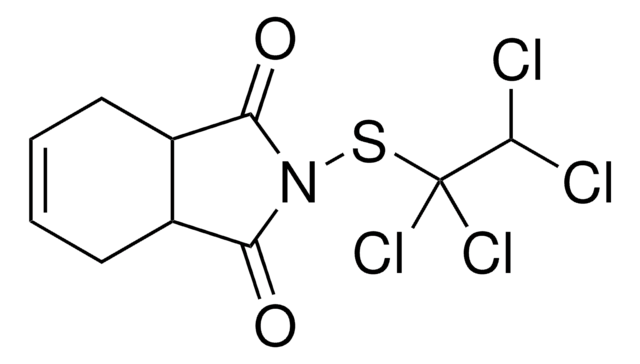
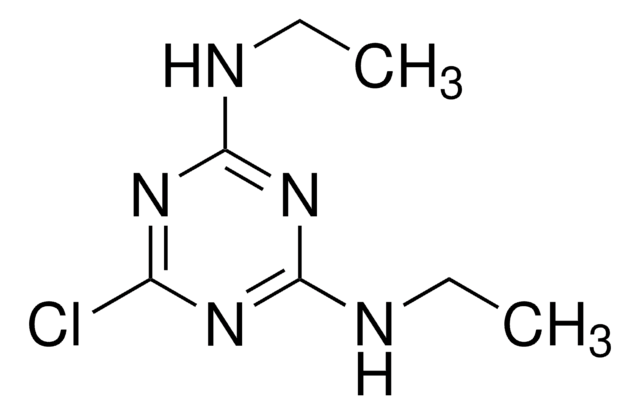
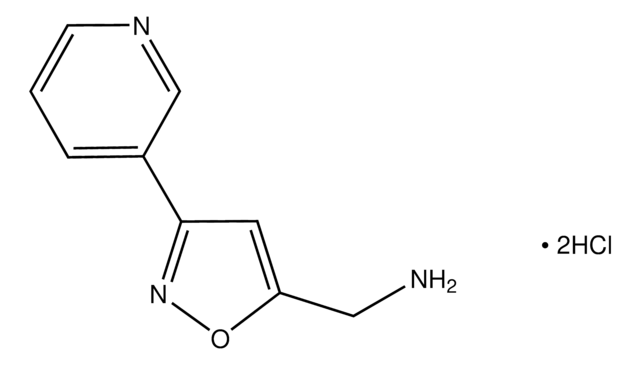
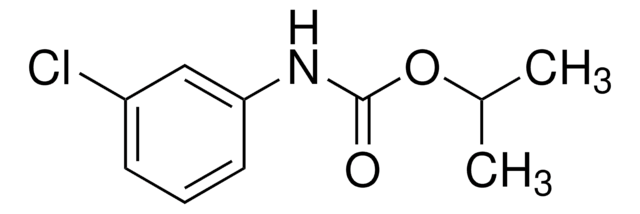
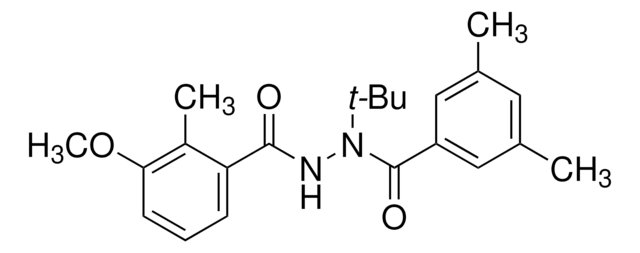

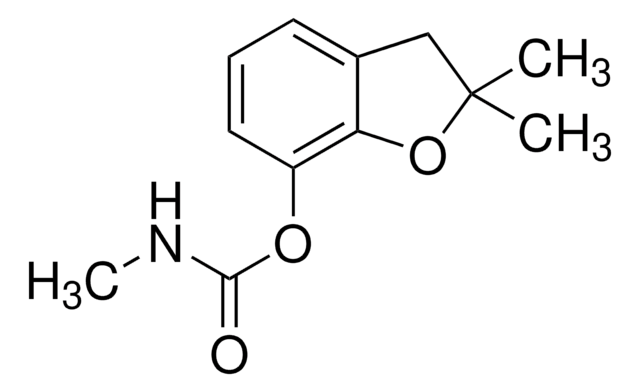
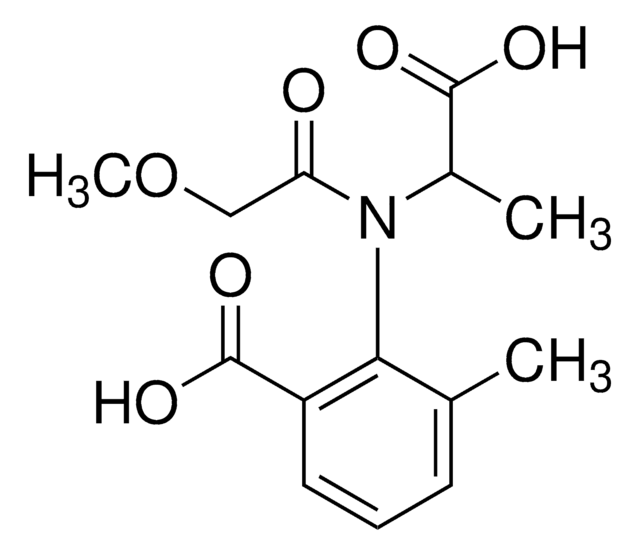
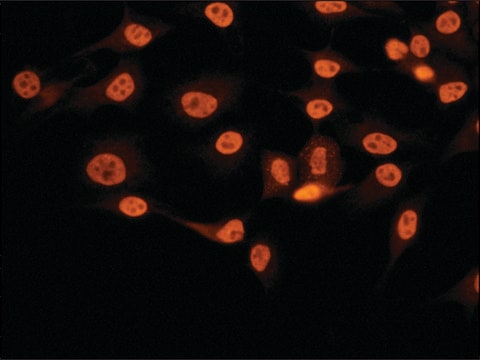
![Thieno[3,2-b]thiophene-2-carboxylic acid AldrichCPR](/deepweb/assets/sigmaaldrich/product/structures/384/764/d2a9983a-4b26-4727-b746-c6f90cee9e1d/640/d2a9983a-4b26-4727-b746-c6f90cee9e1d.png)


